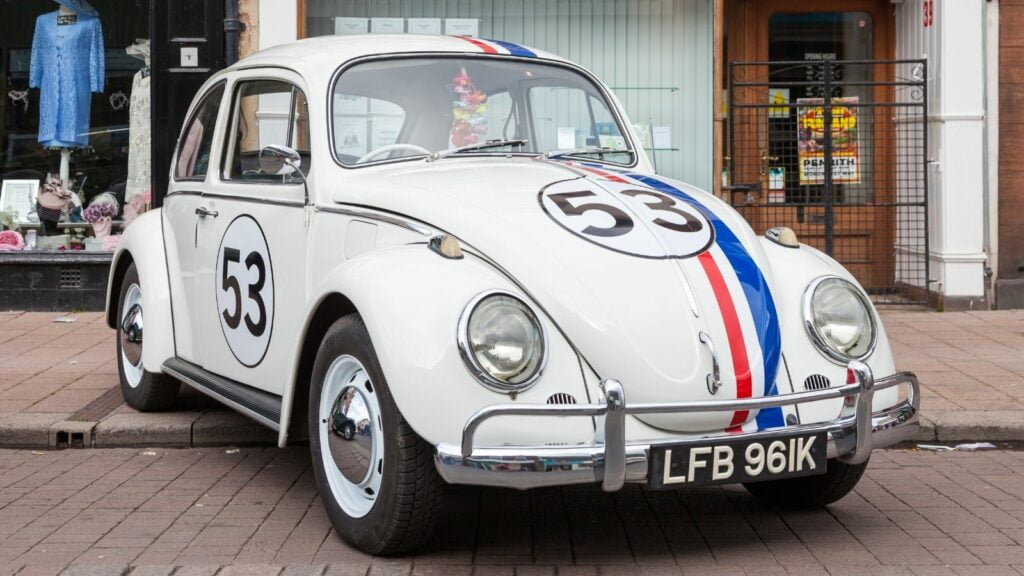Racing is a young racer’s game. Wrong. While drivers may age out of competition, their mechanical companions often keep tearing up the asphalt long after their debut. Some vehicles seem to defy the laws of wear and tear, achieving a timeless quality that makes them more than just machines—they’re legends. Here are 22 iconic cars that refuse to retire.
Porsche 911 (964)
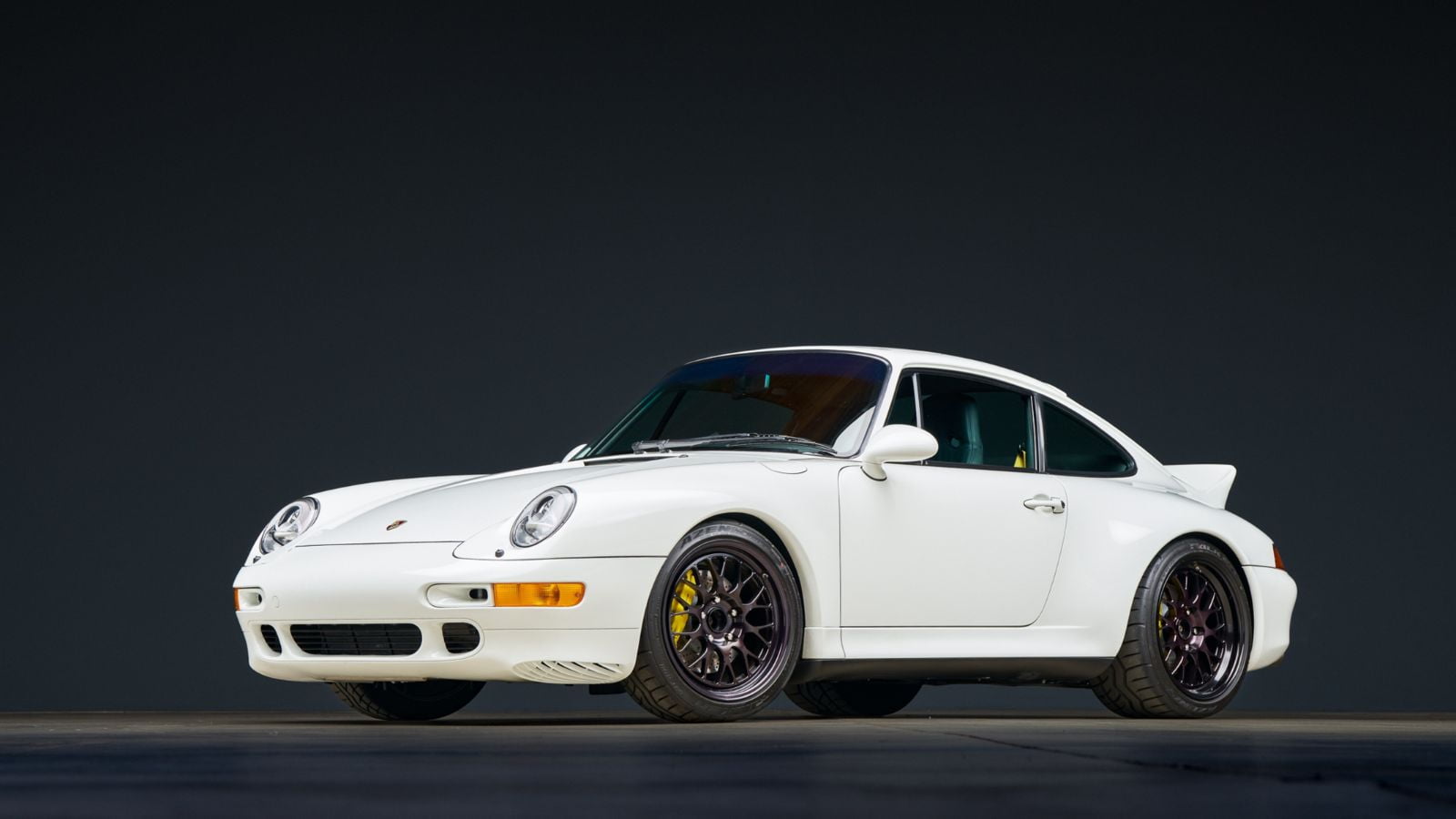
The Porsche 911 is a racing anomaly. First appearing in 1964, this car has competed in virtually every motorsport category imaginable, from rallying to endurance races like Le Mans. The 964 variants from the late ’80s and early ’90s still hold their own in historic racing events today, thanks to its bulletproof air-cooled engine and impeccable handling.
Mazda RX-7 (FD)
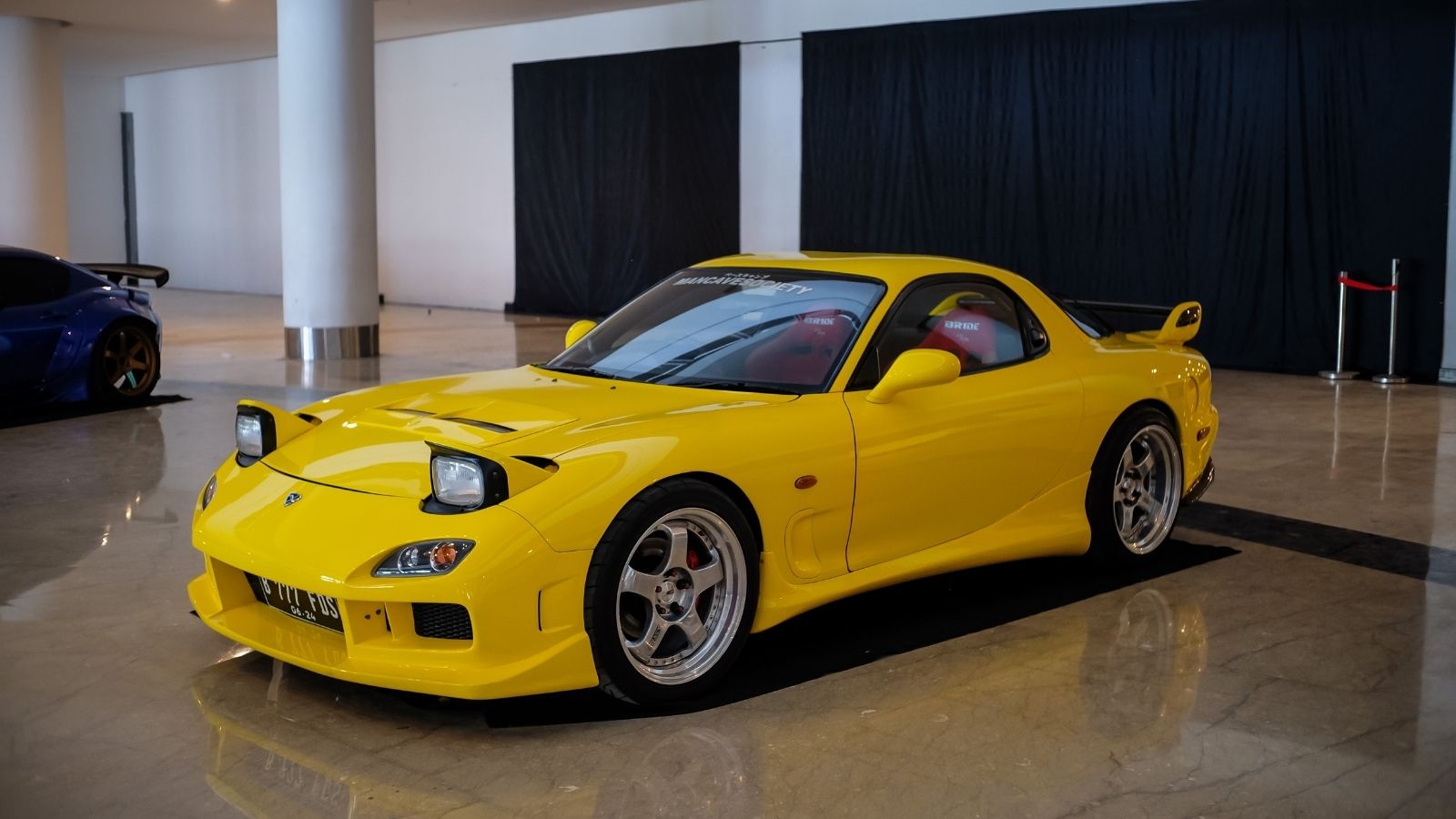
Rotary engines may be tricky to maintain, but the Mazda RX-7 FD laughs in the face of reliability concerns. The FD’s near-perfect 50:50 weight distribution, achieved by placing the engine low and far back, grants it exceptional handling, making it a darling of racing circuits and drift events. Weighing just 1,250-1,350 kg (2,755-2,976 lbs), it exemplifies Mazda’s “lightweight is right” ethos. Its lightweight chassis and high-revving rotary engine make it a dream on tight corners and straights alike.
McLaren F1 GTR
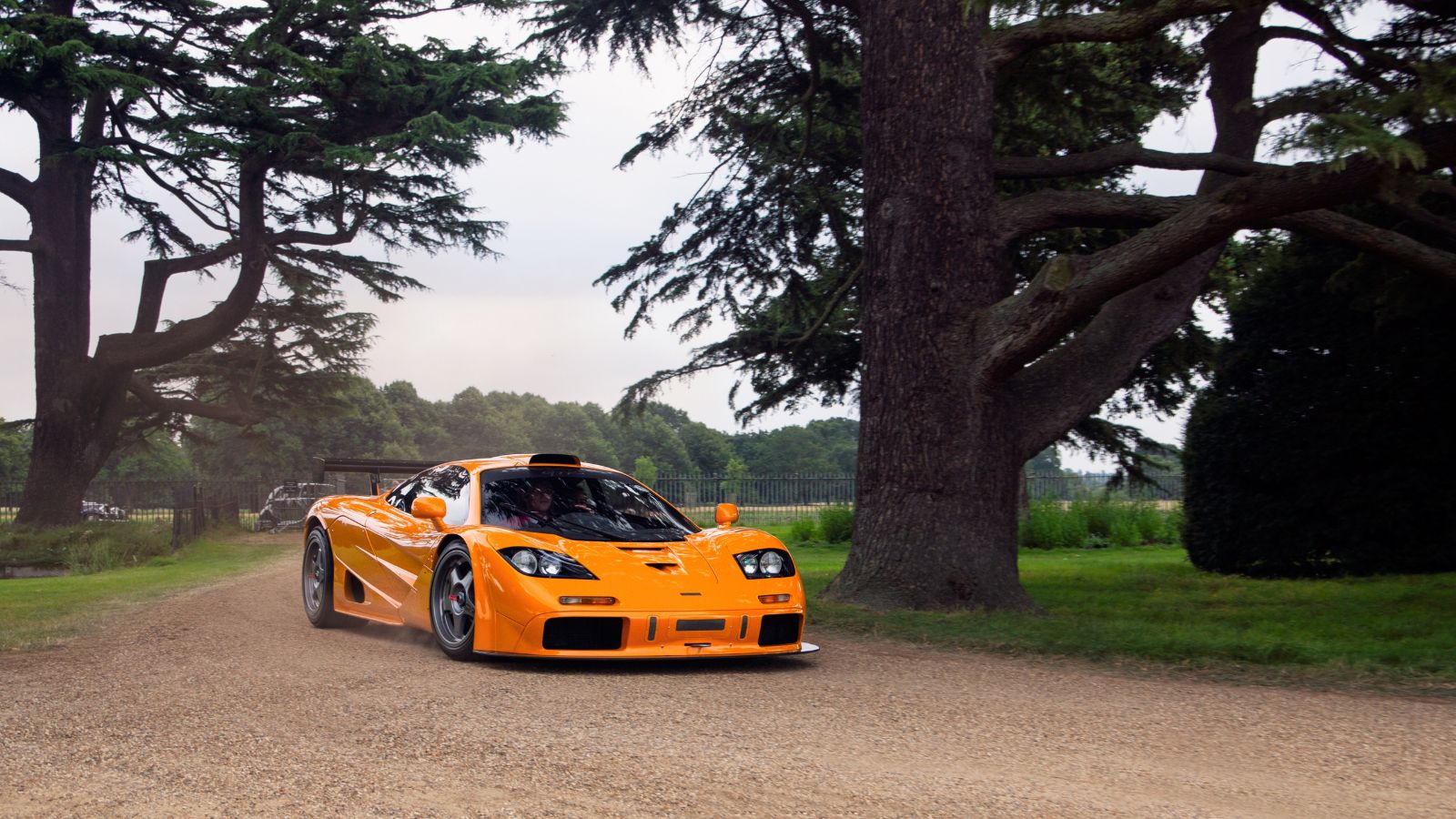
McLaren’s F1 GTR is a hypercar that became a racing icon when it hit the track. Developed in 1995, it transitioned from supercar to race car with surprising ease, thanks to its lightweight carbon-fiber monocoque chassis and BMW-sourced 6.1-liter V12 engine producing 600+ horsepower. Also, stripped of its luxurious interior and equipped with aerodynamic enhancements, the GTR dominated endurance racing.
Ferrari 250 GTO
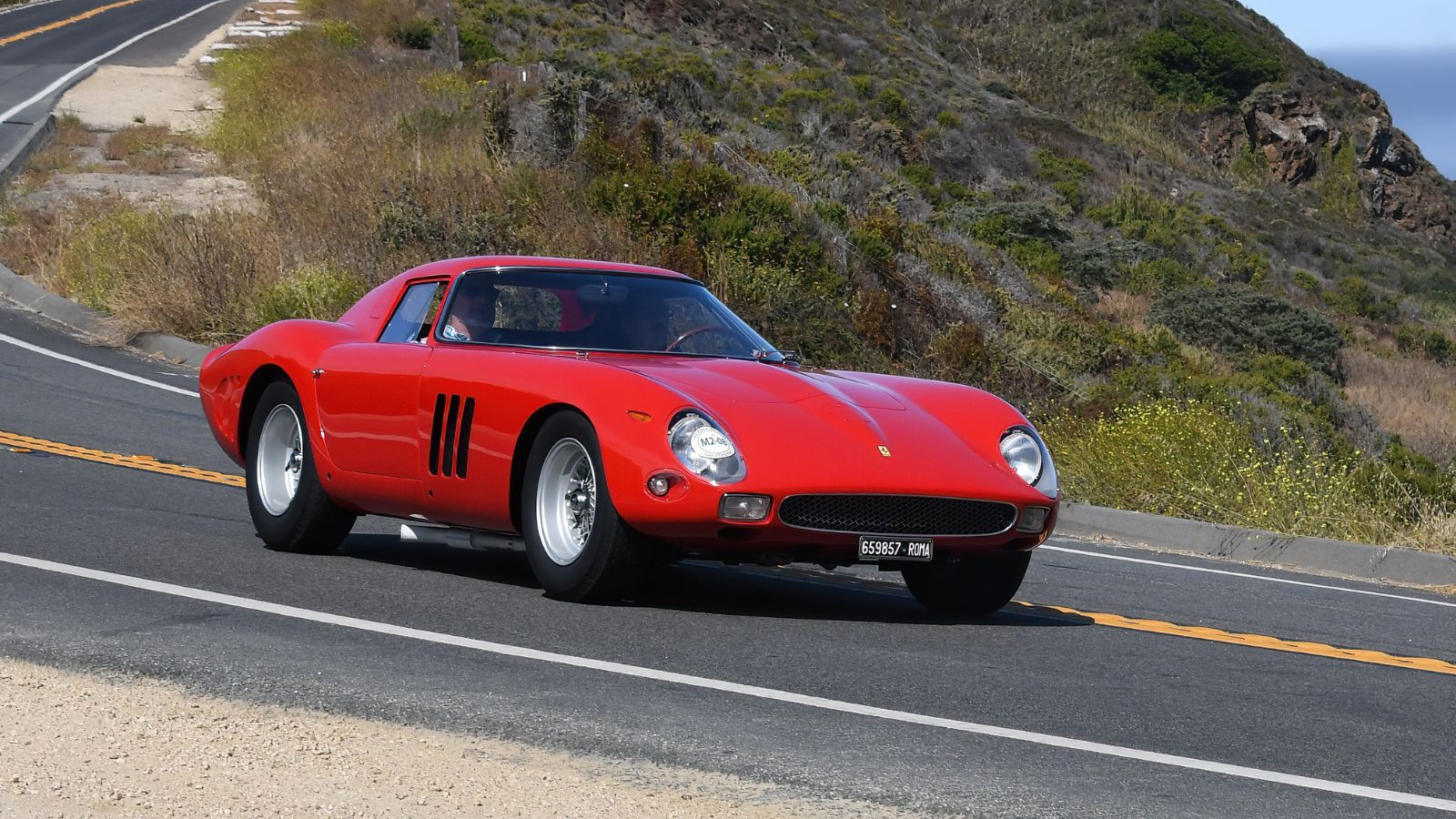
The Ferrari 250 GTO isn’t just a car but a rolling art piece. Under the hood, it houses a 3.0-liter V12 engine producing 296 horsepower, enabling a top speed of around 174 mph—mind-blowing for its era. Also, its lightweight aluminum body, designed by Scaglietti, superb aerodynamics, and balanced chassis made it a formidable competitor on the track, achieving numerous victories, including class wins at Le Mans (1962-1964).
Mini Cooper (Classic)
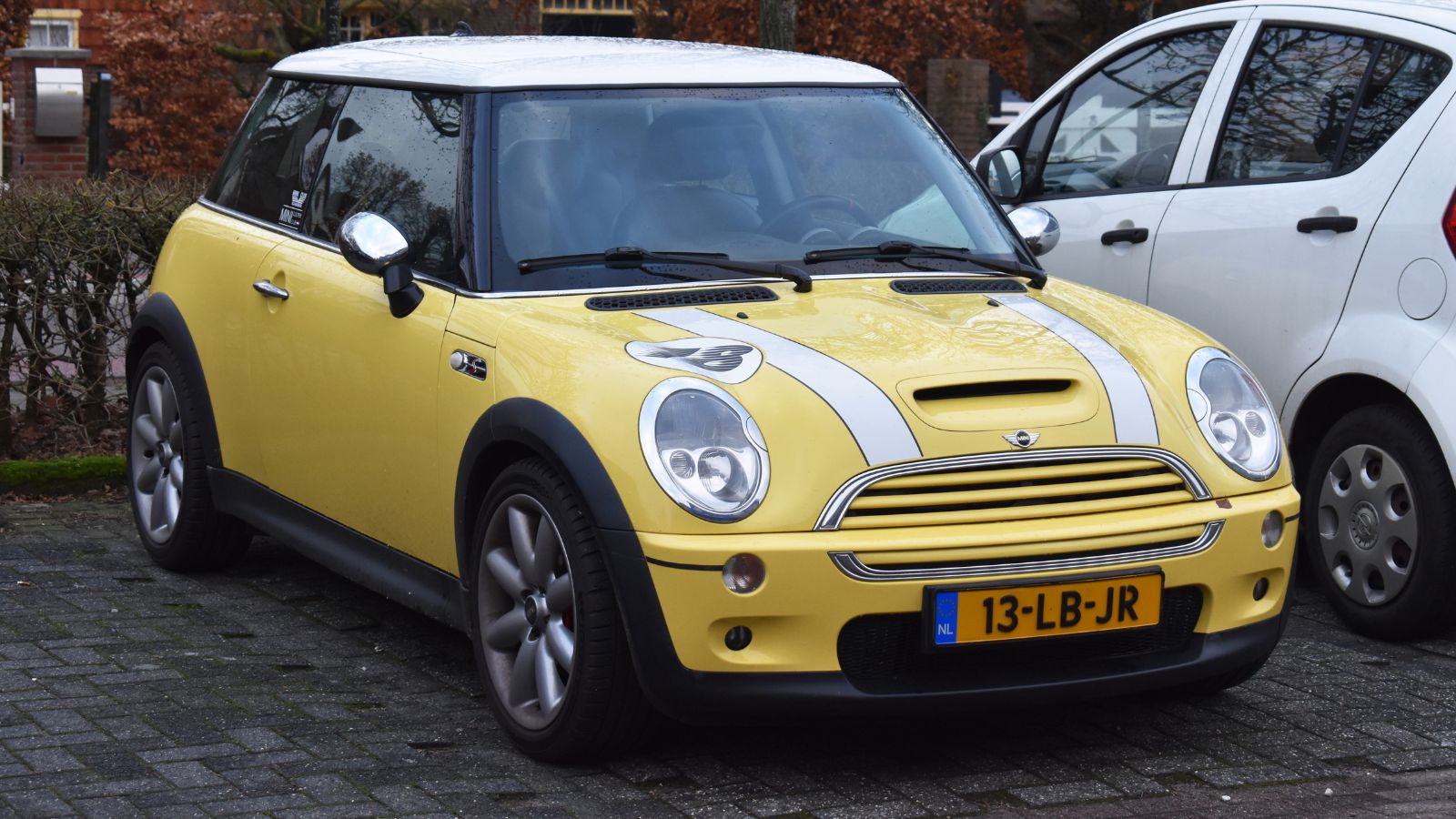
The original Mini Cooper from the 1960s continues appearing at rallies and historic races. The car’s racing version, tuned by John Cooper, debuted in 1961. It featured a peppy engine, lightweight body, and revolutionary front-wheel-drive layout, which offered remarkable handling. Its continued presence is a testament to its enduring engineering brilliance and cultural impact, proving that size really doesn’t matter when you’re a legend.
Ford GT40
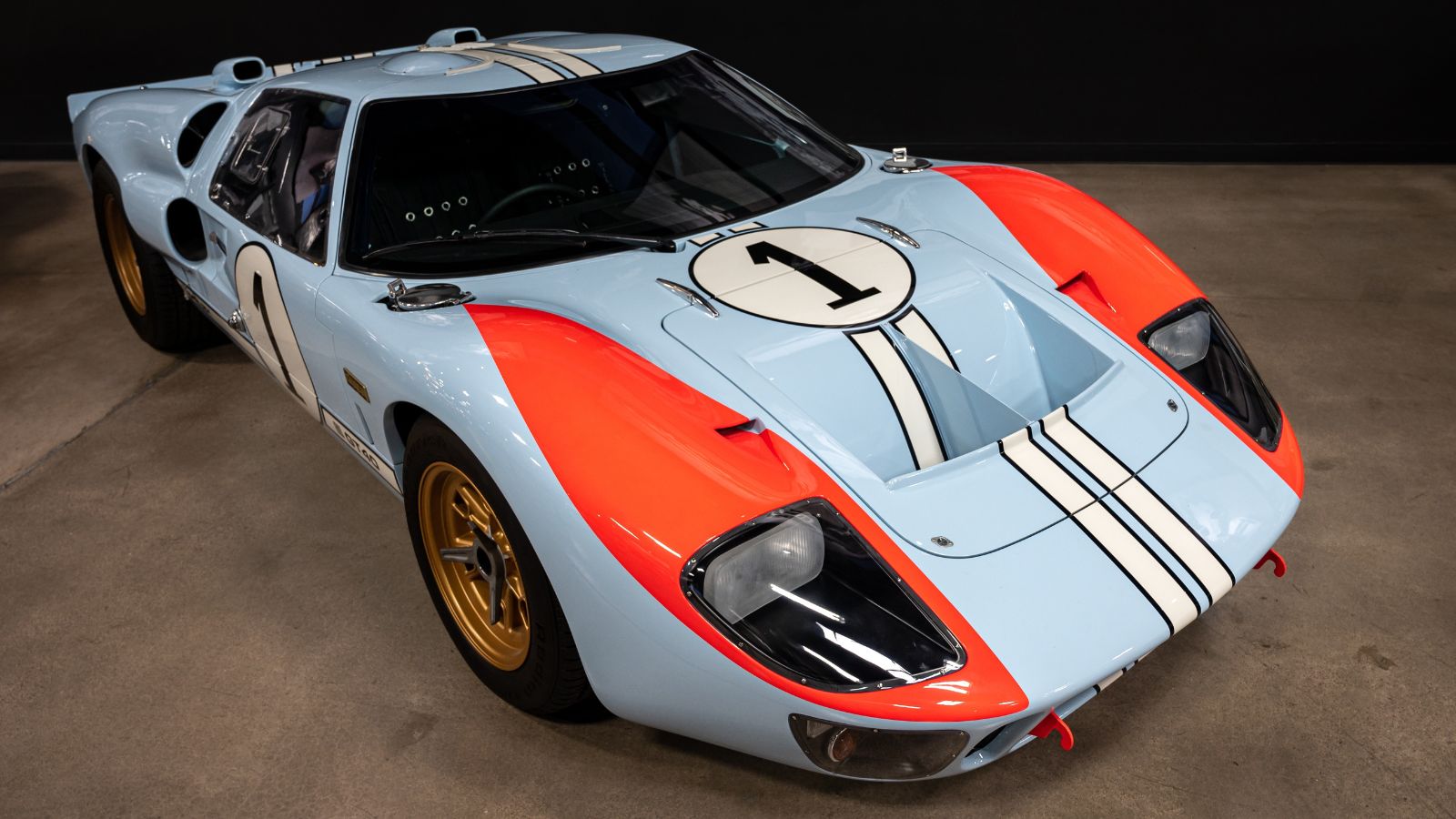
Built to humiliate Ferrari at Le Mans in the 1960s, the Ford GT40 did just that. The GT40 MK II’s historic 1-2-3 finish in 1966 remains legendary. With innovations like lightweight construction and advanced aerodynamics, it achieved speeds exceeding 210 mph. Original GT40s are prized collector’s items valued at tens of millions. They’re also staples in vintage racing, proving their engineering brilliance endures.
Nissan Skyline GT-R R32 (“Godzilla”)
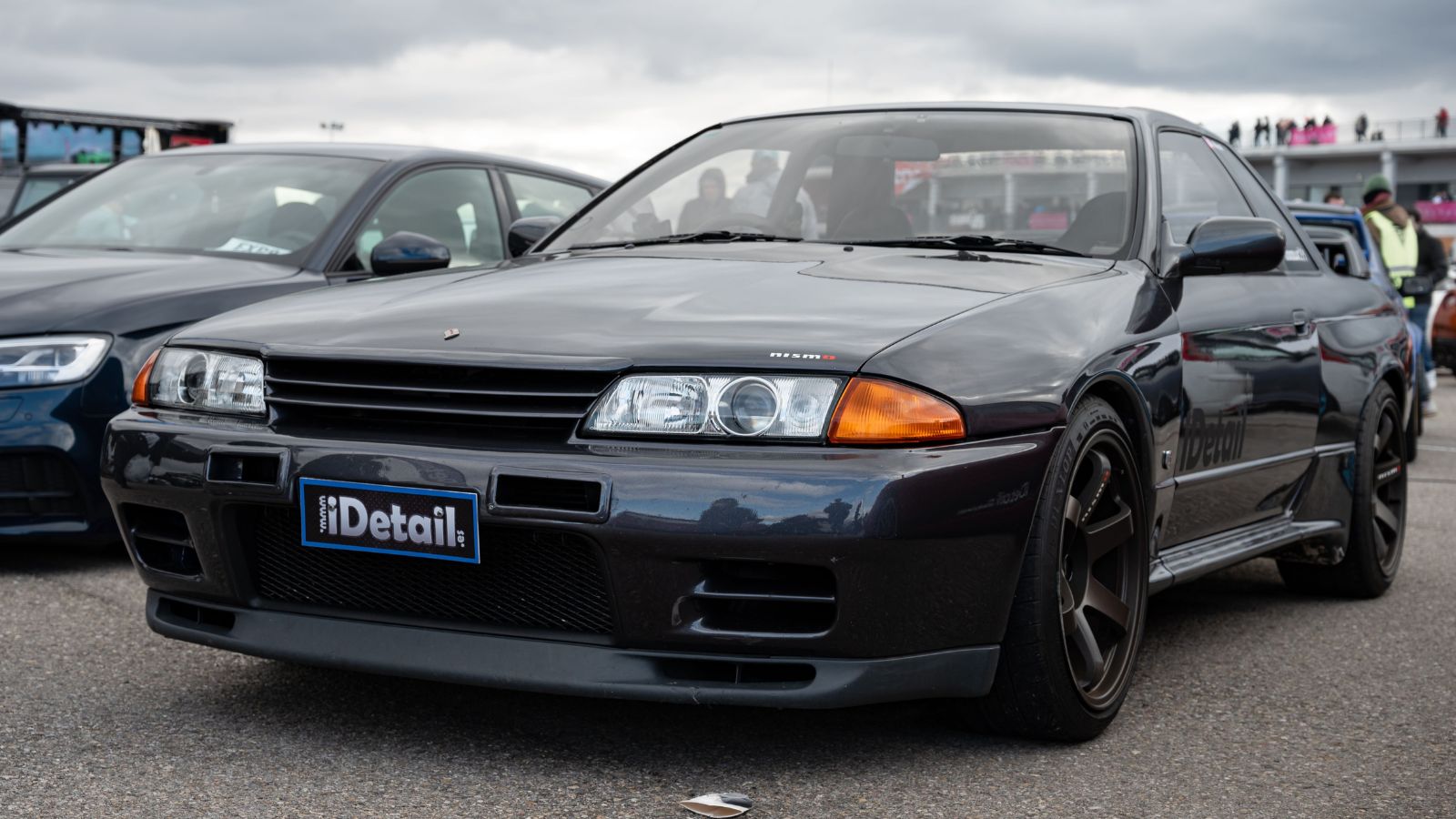
The R32 Skyline GT-R was nicknamed “Godzilla” for good reason: it destroyed everything in its path during the late ’80s and early ’90s touring car championships. Underneath its hood, the R32 featured the RB26DETT engine, a 2.6-liter twin-turbocharged inline-six capable of producing 276 hp (underrated due to the “Gentlemen’s Agreement”) and 271 lb.-ft of torque. Further, its advanced ATTESA E-TS all-wheel-drive system and Super-HICAS rear-wheel steering provided unmatched grip and cornering agility.
Lancia Delta Integrale
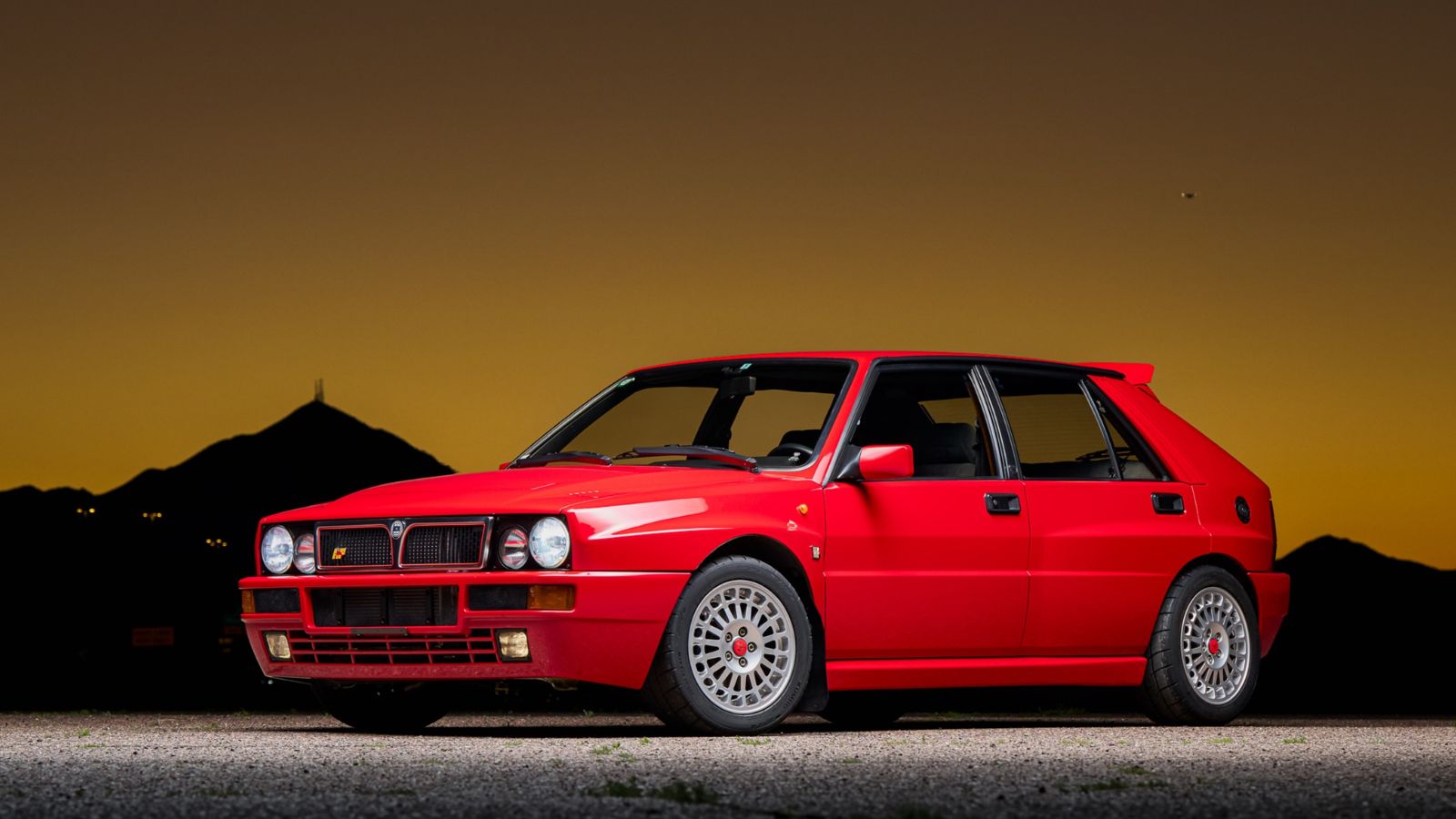
The Lancia Delta Integrale is a six-time World Rally Championship winner. Its key design feature, its all-wheel-drive system, provides unmatched grip on varied surfaces. The car’s compact dimensions and short overhangs make it agile, perfect for twisty rally stages. Inside, the cabin combines utilitarian simplicity with driver-focused controls, ensuring nothing distracts from the task at hand.
Shelby Cobra 289
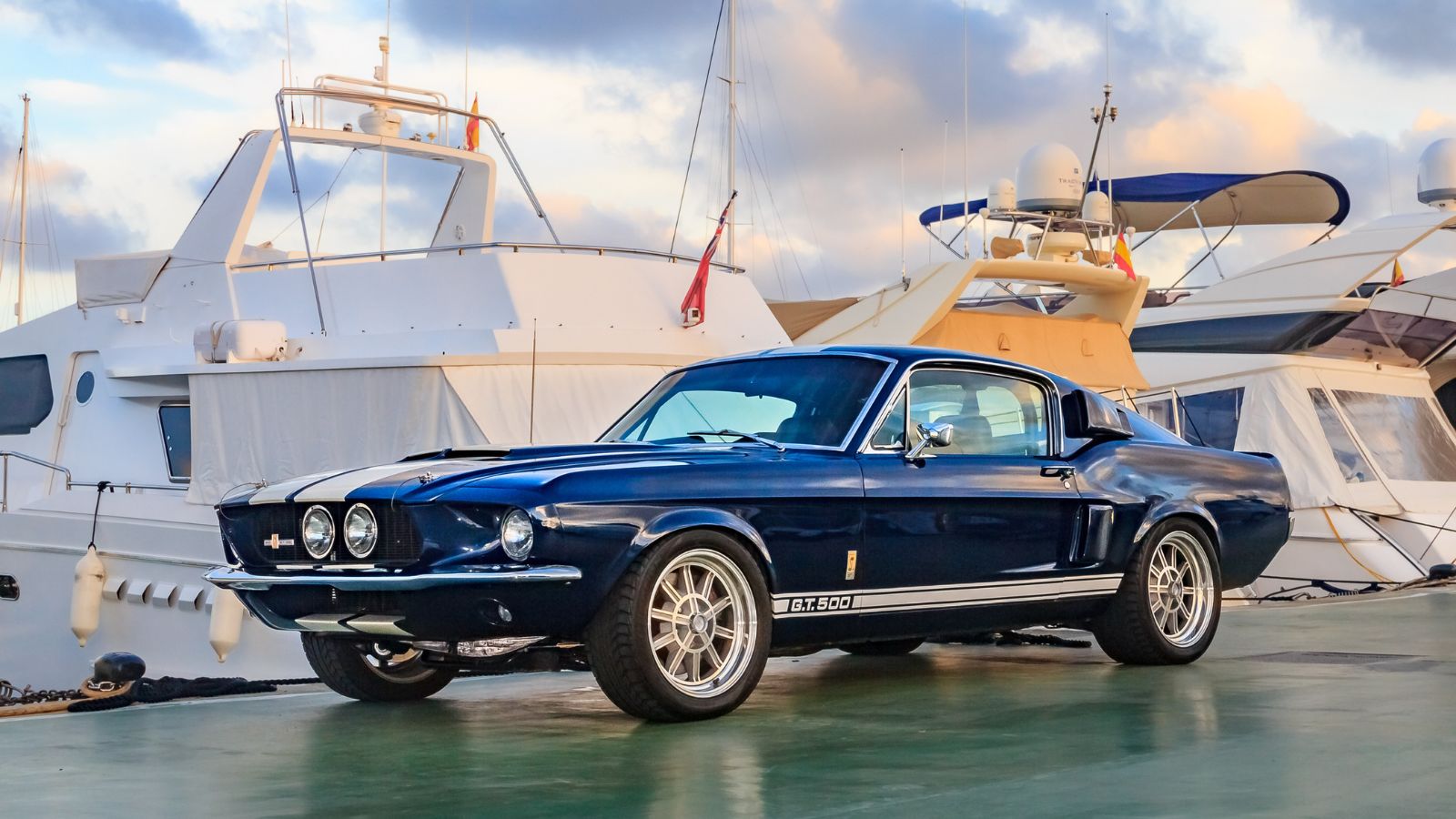
The Shelby Cobra 289 is an enduring symbol of American muscle. Its design featured an aluminum body, contributing to its feather-light weight of approximately 2,100 pounds. Wide wheel arches, minimal overhangs, and a low-slung profile highlight the car’s aggressive stance. A functional hood scoop and side-mounted exhausts emphasized its race-bred intentions.
Toyota AE86 Sprinter Trueno

The AE86, affectionately known as the Hachiroku, rose to fame in the ‘80s for its exceptional balance and drift potential. It was part of the fifth-generation Corolla lineup and available in coupe and hatchback variants. The Trueno featured pop-up headlights that differentiated it from its sibling, the Levin. Thanks to lightweight materials and compact dimensions, its design prioritized agility, weighing around 940 kg (2,072 lbs).
Audi Quattro
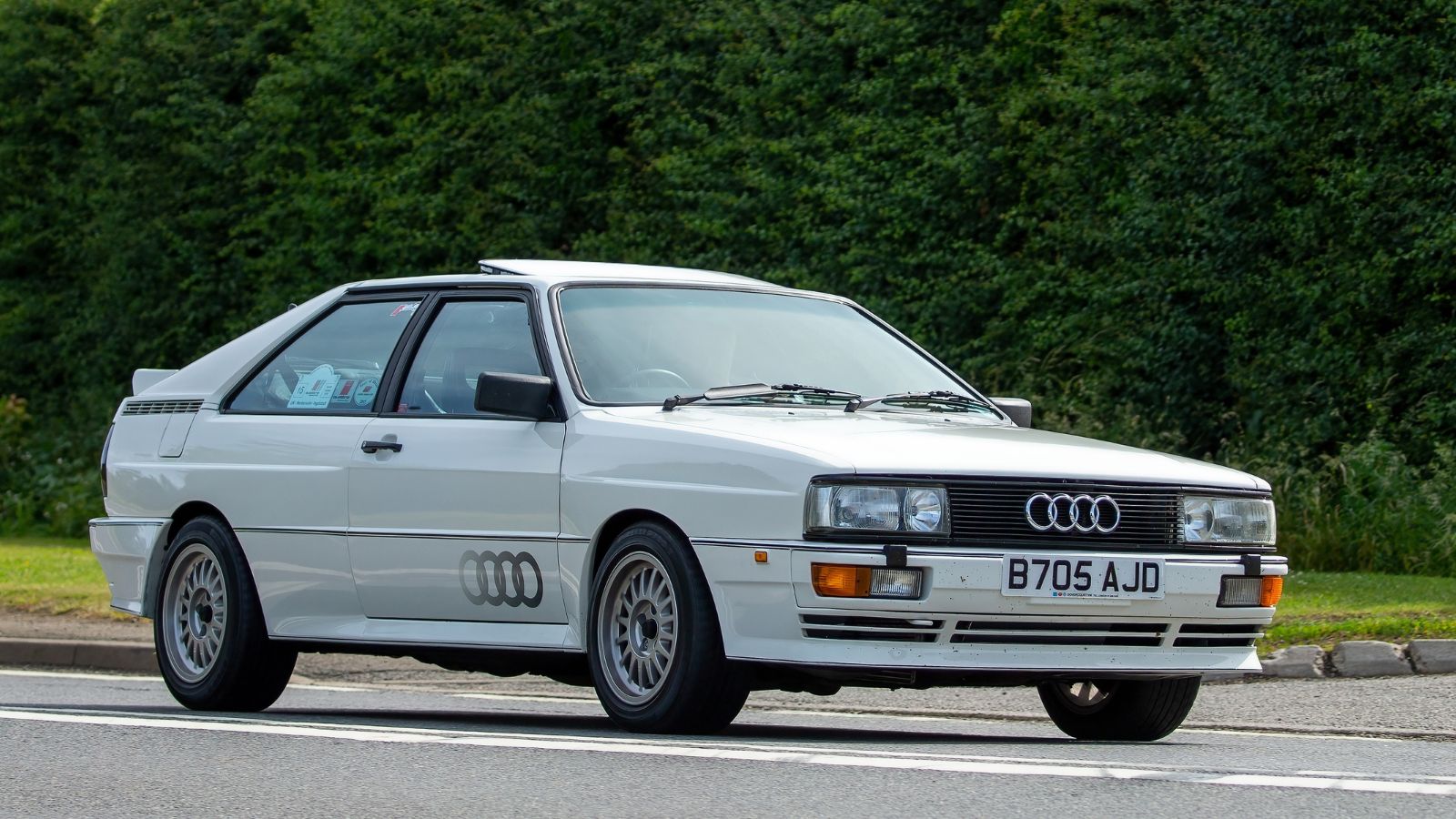
The Audi Quattro rewrote the rulebook in rallying during the early ‘80s with its innovative all-wheel-drive system. Powered by a turbocharged 2.1-liter five-cylinder engine, it produced around 200 horsepower, enabling it to outperform rear-wheel-drive competitors. Its boxy, angular design, which was a departure from the sleek curves of the time, became iconic. The Quattro’s success in motorsports, particularly in the World Rally Championship (WRC), where it won multiple titles in the 1980s, cemented its legacy.
BMW E30 M3
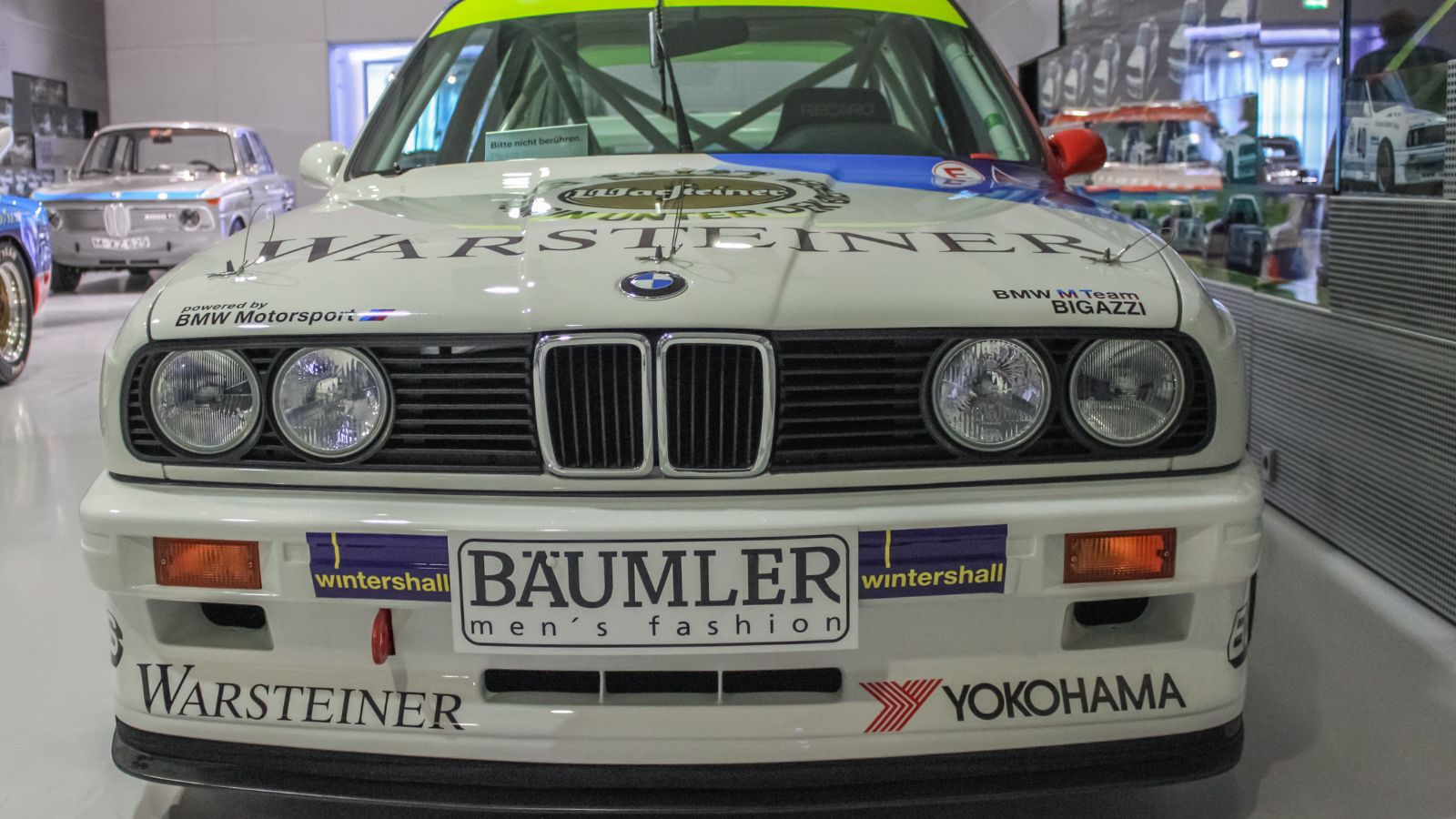
The BMW E30 M3 is the godfather of touring car racing. With its boxy design and wide fenders, the E30 M3’s looks matched its performance. The car’s rear-wheel-drive layout, combined with a limited-slip differential, offered exceptional driving dynamics. Today, the E30 M3 is highly sought after by collectors and enthusiasts, often fetching high prices due to its racing pedigree and status as a classic performance icon. It’s considered one of the best-driving cars ever built by BMW.
Chevrolet Corvette C3

The Corvette C3 might be the quintessential American sports car of the ‘70s. While its early years boasted serious muscle, the 1970s gas crisis made it sip fuel more cautiously, like a reformed party animal. The T-top roof was a revelation. Fun fact: The C3 was the longest-running Corvette generation, produced for a whopping 14 years!
Lotus Elise (Series 1)
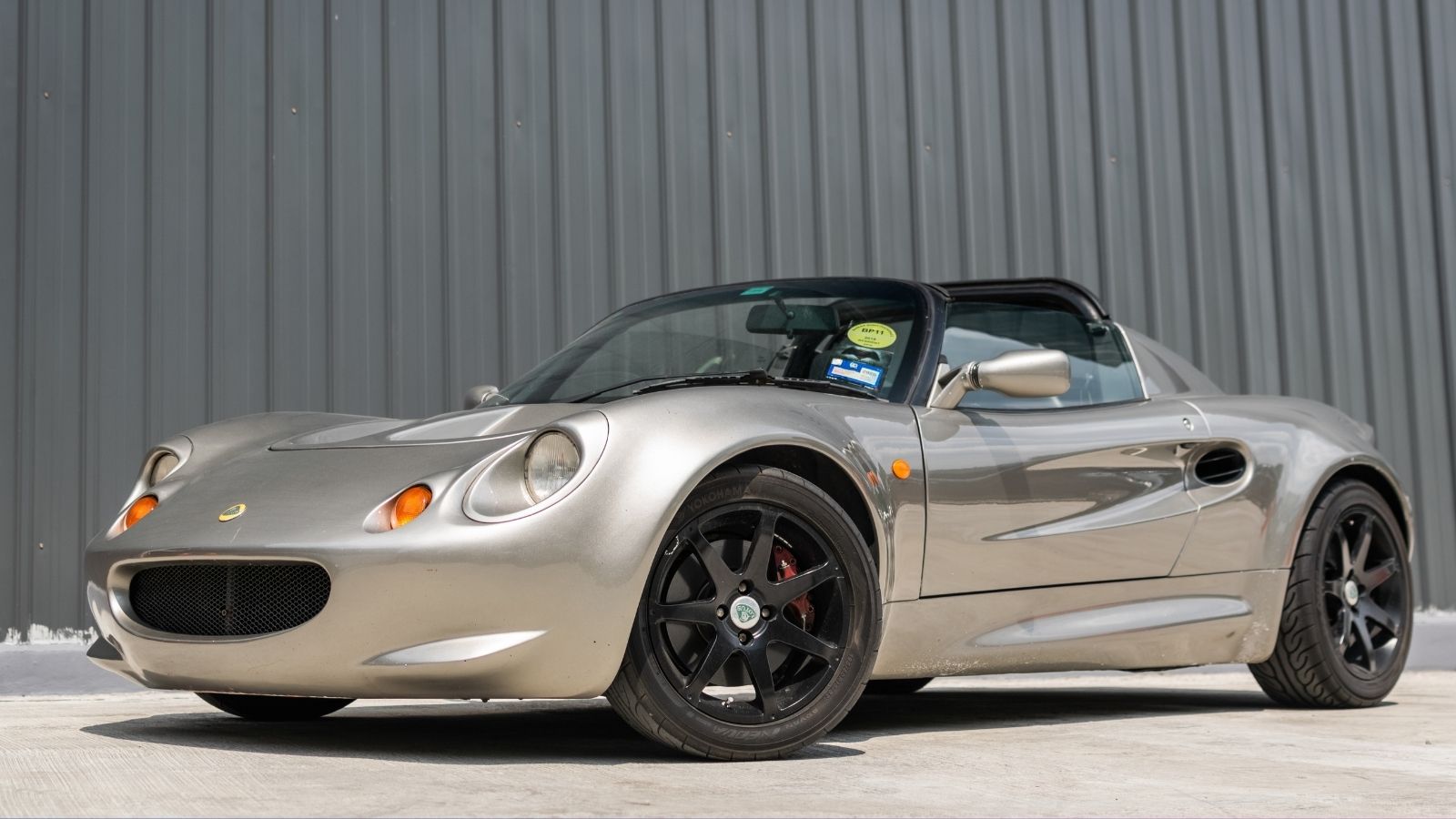
Light, elegant, and timeless, the Lotus Elise Series 1 is still tearing up racetracks worldwide. Zero to 60 mph in the car takes just 5.8 seconds and handles like a go-kart on steroids. The cabin? Let’s just say it’s “cozy,” with exposed aluminum everywhere—because who needs comfort when you’re busy having fun? And, with its minimalist design and pure driver engagement, the Elise proves that sometimes, less really is more.
Subaru Impreza 22B
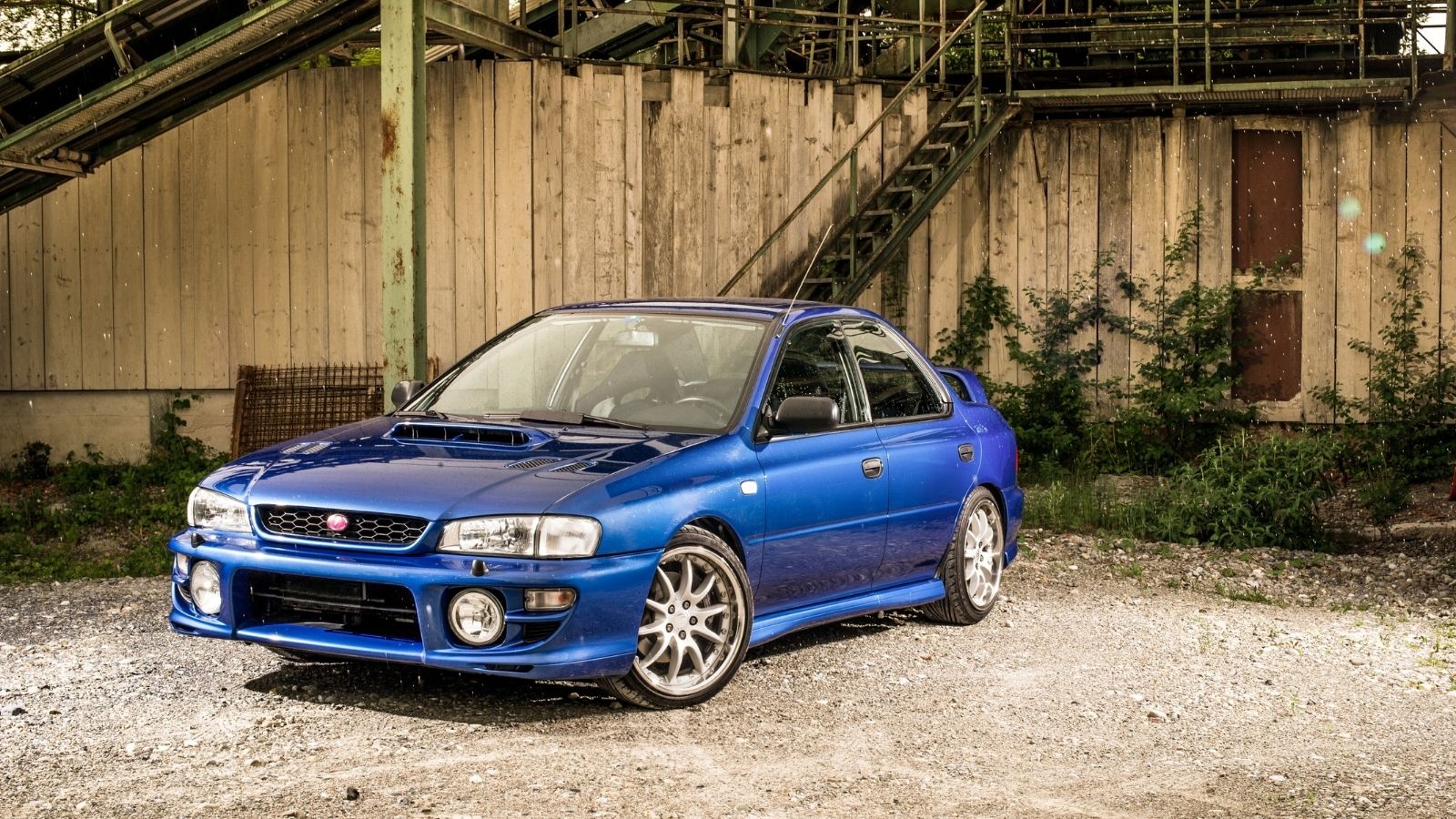
The Subaru Impreza 22B is a rally car legend with a cult following. Built in 1998 to celebrate Subaru’s three consecutive World Rally Championships, only 424 units were made (400 for Japan, 24 for elsewhere). Its wide, angry-looking body isn’t just for show; it’s 80mm wider than a standard Impreza. And yes, it’s blue. Always blue. If you’re lucky enough to spot one today, it’s probably being driven by someone who won’t stop telling you how rare it is.
Volkswagen Beetle (Classic)
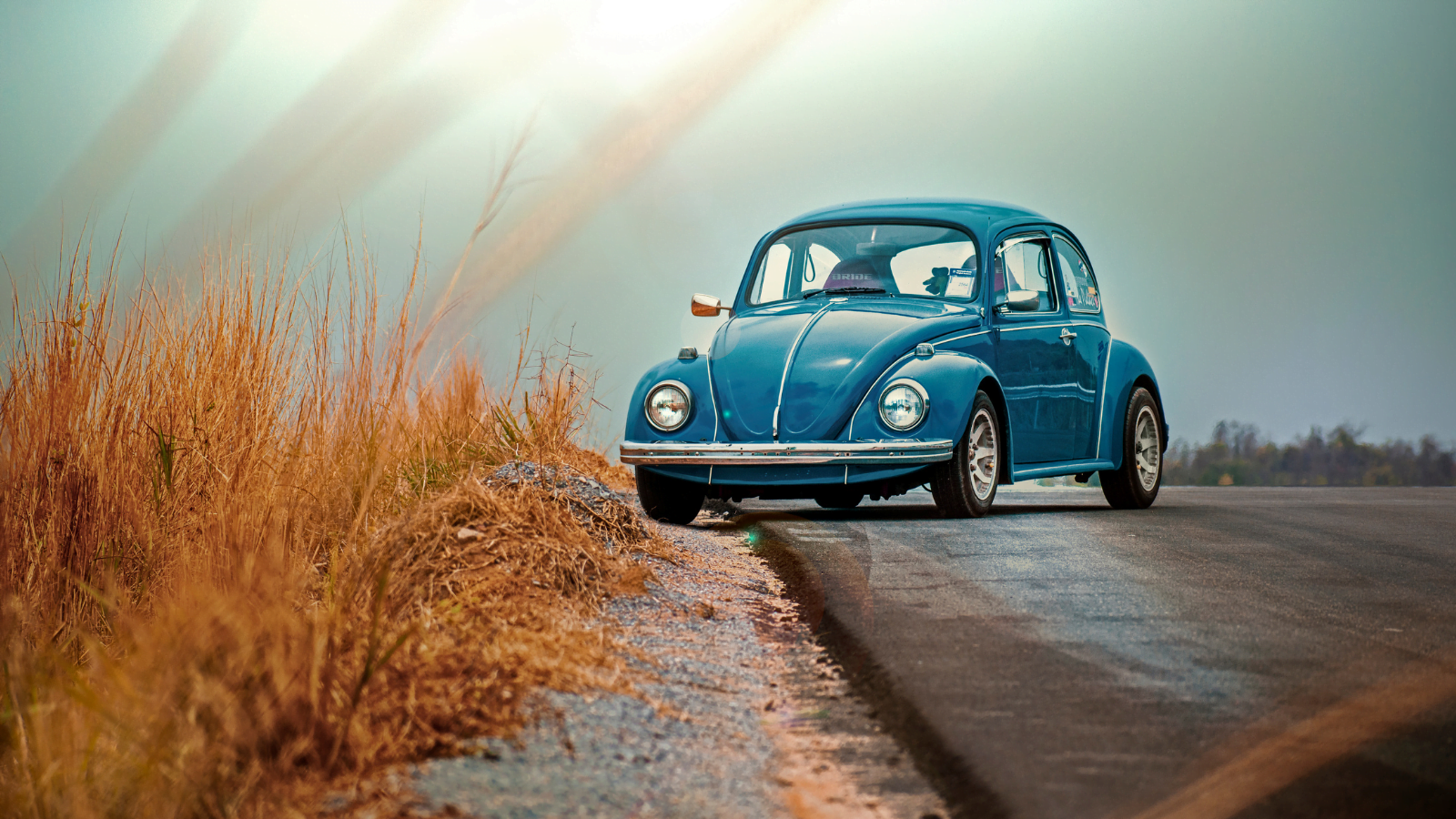
Once a rallycross favorite, classic Beetles still show up in historic events. The Beetle was initially named the “Volkswagen Type 1” and was supposed to be “the people’s car,” affordable and reliable for the masses. Its bubbly shape and rear-engine layout quickly became a global sensation. The Beetle buzzed along for over 65 years, with more than 21 million produced by 2003. It’s famous for its air-cooled engine that sounds like a lawnmower on a caffeine high but never gives up.
Jaguar E-Type Lightweight
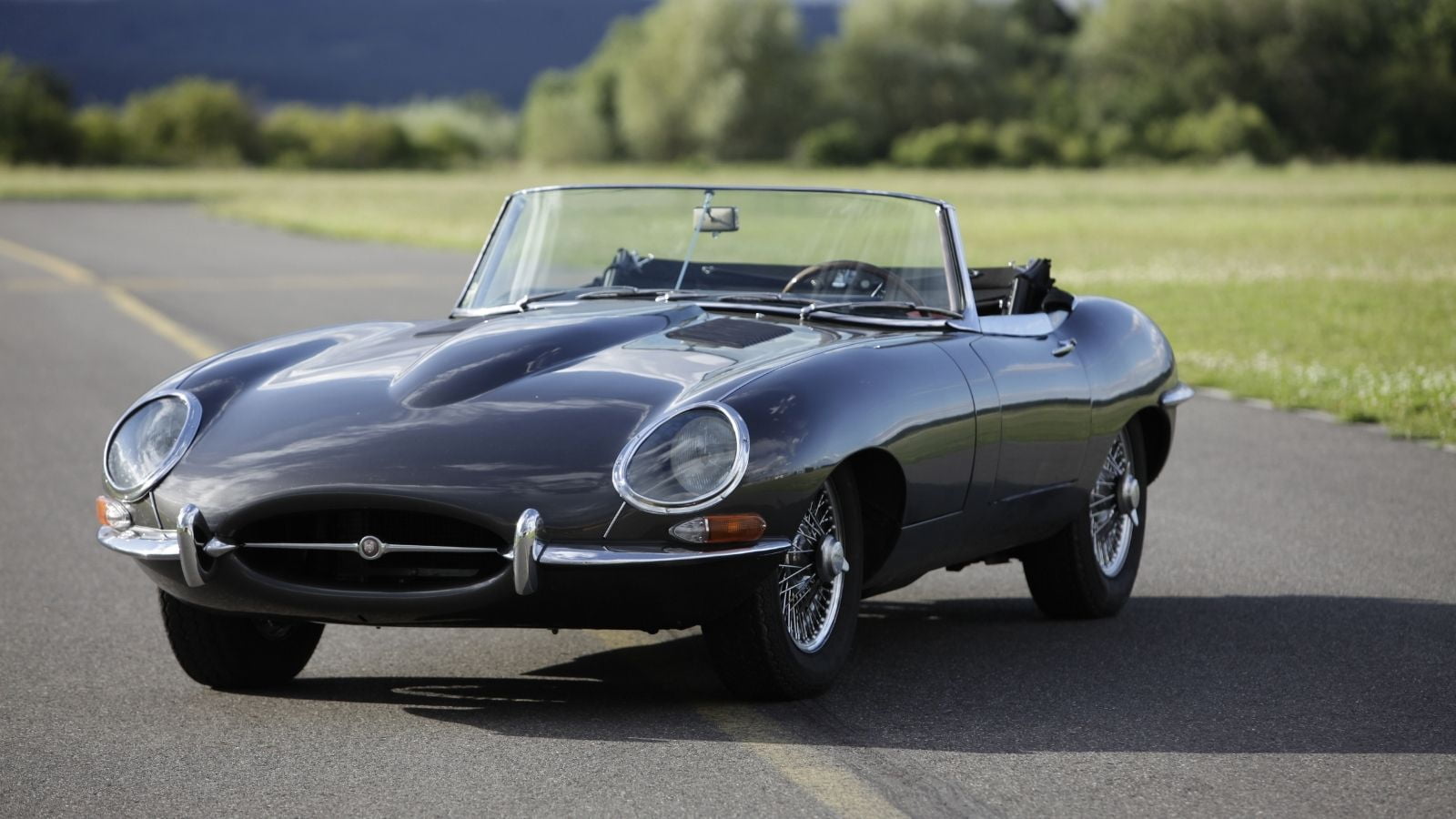
The Jaguar E-Type Lightweight is as rare as it is beautiful. In the early 1960s, Jaguar decided that their already iconic E-Type could do with a little diet, resulting in just 12 Lightweight models (yes, they were rare before “limited edition” was cool). By swapping out steel for aluminum, they shed around 250 pounds. This wasn’t just a cosmetic surgery—it was a muscle-boost too! And, with a modified 3.8-liter straight-six engine that could produce up to 344 horsepower, these beauties flew down the track like cheetahs on Red Bull.
Mitsubishi Lancer Evolution VI

The Evo VI is a rallying icon, combining turbocharged power with razor-sharp handling. Under the hood? A turbocharged 2.0L inline-4 engine (the famed 4G63T) produces up to 276 hp, but let’s be honest—Mitsubishi was probably downplaying those numbers. This rally icon featured a new front bumper design to improve airflow, cooling ducts to keep those brakes happy, and an upgraded intercooler to tame the turbo’s temper tantrums.
Peugeot 205 T16
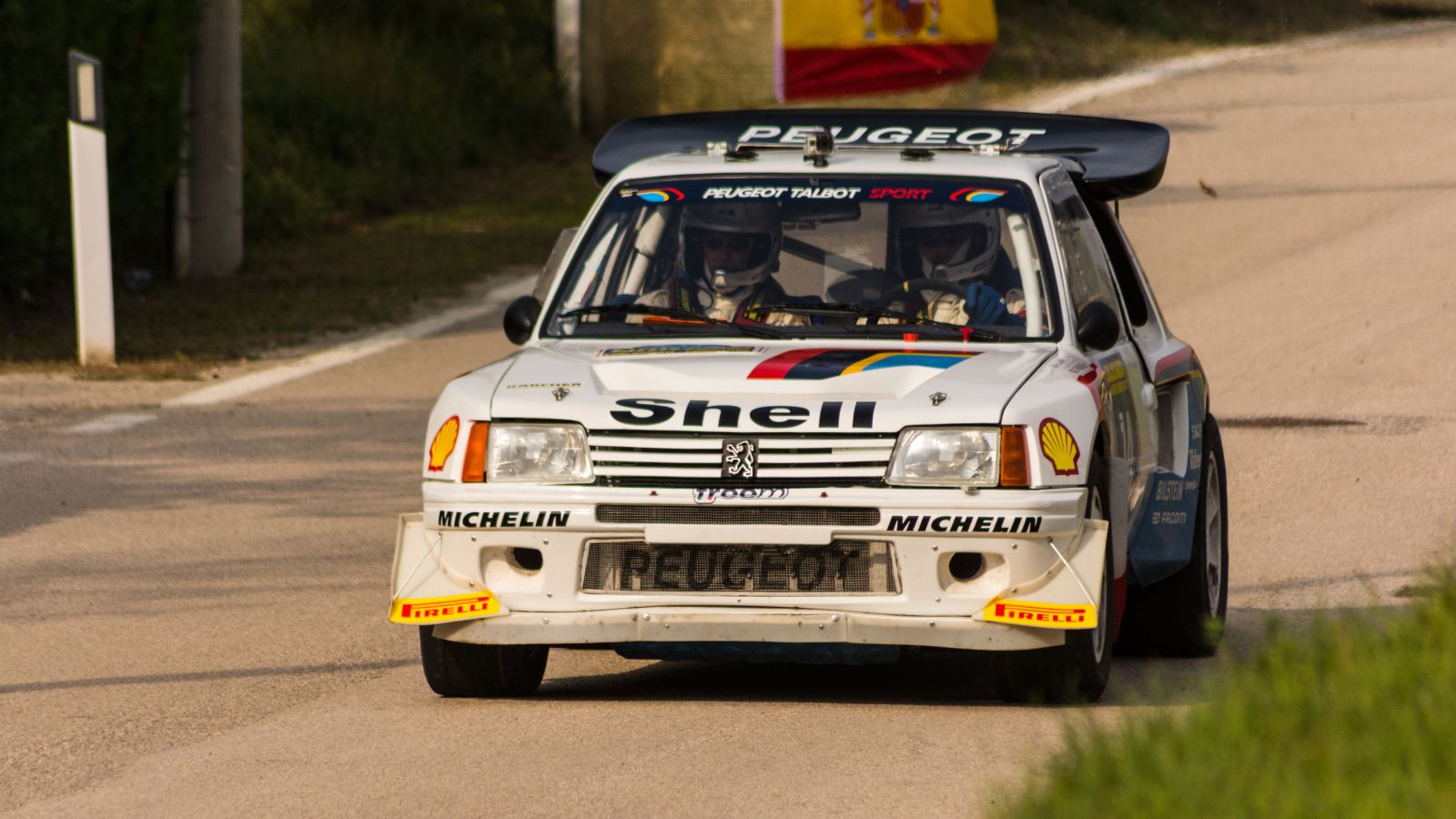
The Peugeot 205 T16 was a Group B rally monster in the 1980s, a dangerous category that was banned. Thanks to a featherweight design, extensive use of fiberglass, and stripped-down interiors, it reached 0-60 mph in under four seconds. Today, these turbocharged pocket rockets compete in historic rally events, thrilling fans and terrifying drivers with their raw, unfiltered power.
Ford Escort Mk1
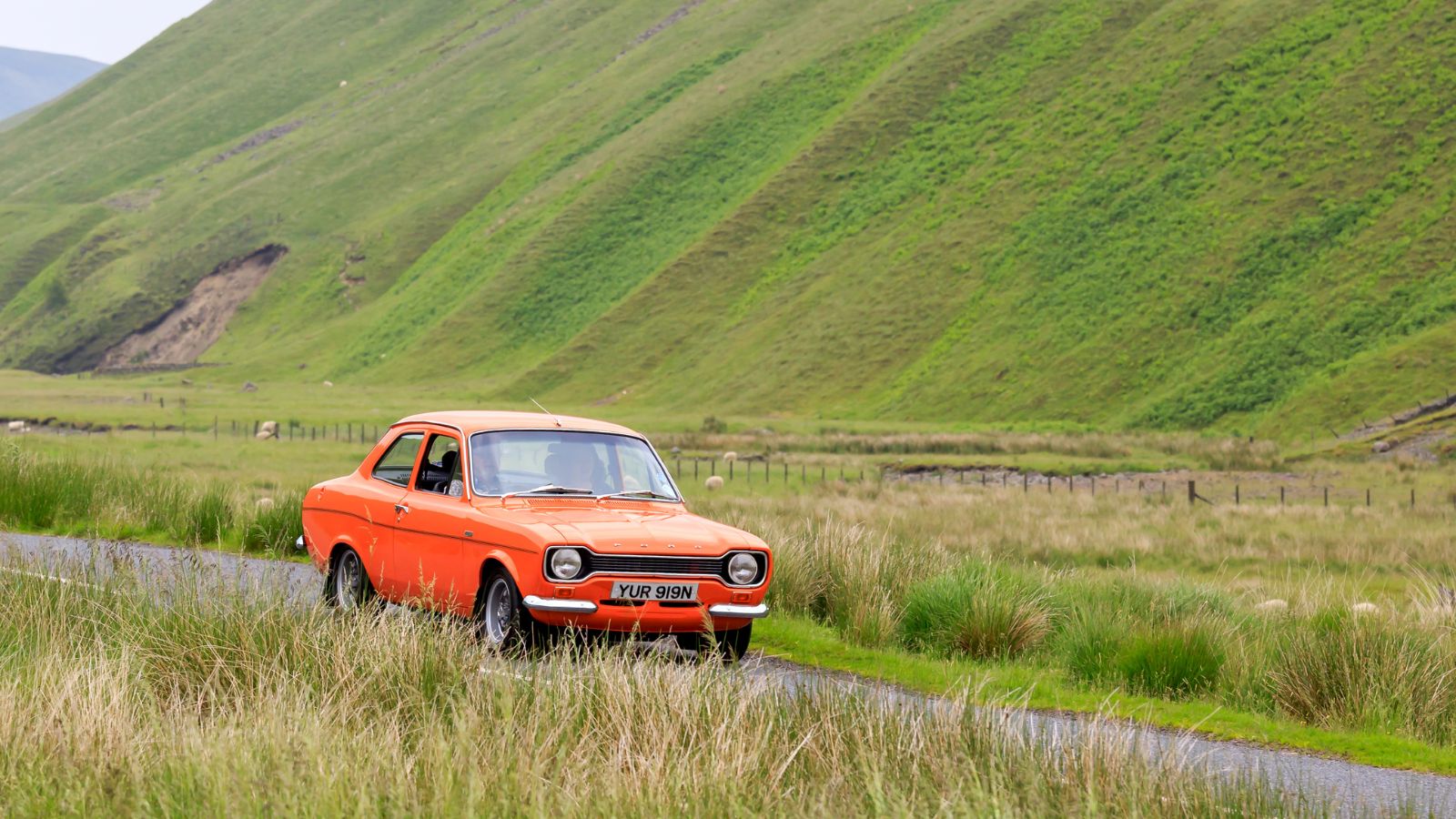
The Ford Escort Mk1 became a rally legend in the late ’60s and early ’70s. Under the bonnet, it could house anything from a docile 1.1L engine to the famed 1.6L twin-cam that made boy racers drool. The Mk1 was also very light, which made it agile on winding roads and unbeatable in rally circuits. It won the grueling London to Mexico rally in 1970, inspiring the sporty “Mexico” edition. Which is why it’s still a favorite in historic rallying events.
Porsche 356
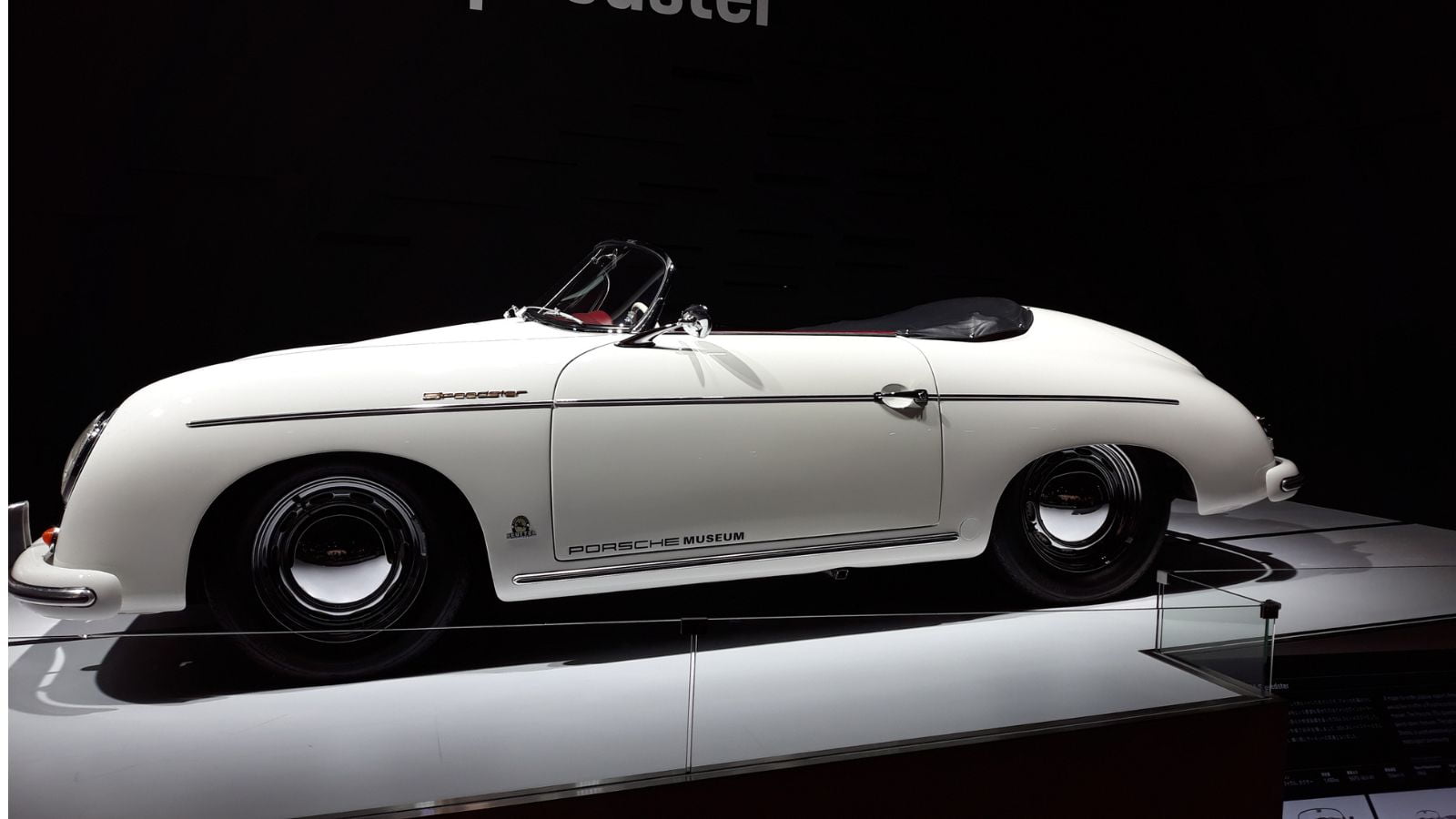
The Porsche 356 may look more at home in a museum, but these 1950s classics still compete in vintage endurance races. Thanks to its lightweight body (often aluminum or steel), it could reach a surprising top speed of 100 mph, back when that was serious bragging rights. The 356’s design was more timeless than your grandma’s antique clock, with over 76,000 produced until 1965. Today, it’s a beloved classic car worth its weight in gold-plated spark plugs, with some fetching well over a million dollars at auctions.
Alfa Romeo Giulia Sprint GTA

The Alfa Romeo Giulia Sprint GTA is a ‘60s touring car legend. Powered by a 1.6-liter twin-cam engine that sounded like a caffeinated opera singer, it pushed up to 170 horsepower in race trim—a mighty roar for such a lightweight. Its success in touring car races made it a legend, winning the European Touring Car Championship thrice in a row (1966-1968). Plus, with that perfect mix of charisma, curves, and cornering prowess, the GTA proves that Italians do more than just pasta and fashion; they build dream machines, too.
12 Cars That Are Known for Their Unbreakable Reliability — They Just Don’t Quit

Reliability is a core feature that defines a vehicle. Over the last few decades, some vehicles have emerged as a reliable and durable option, standing out as workhorses that never quit. These vehicles not only prove themselves in terms of performance but transcend their role and become reliable partners, always fulfilling their role. Here are 12 Cars known for their unbreakable reliability.
12 Cars That Are Known for Their Unbreakable Reliability — They Just Don’t Quit
